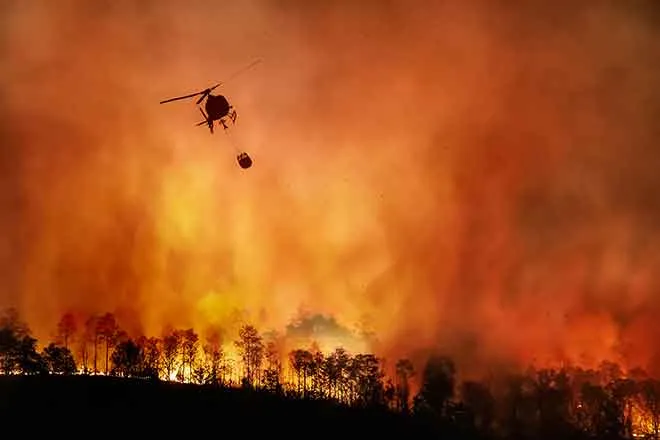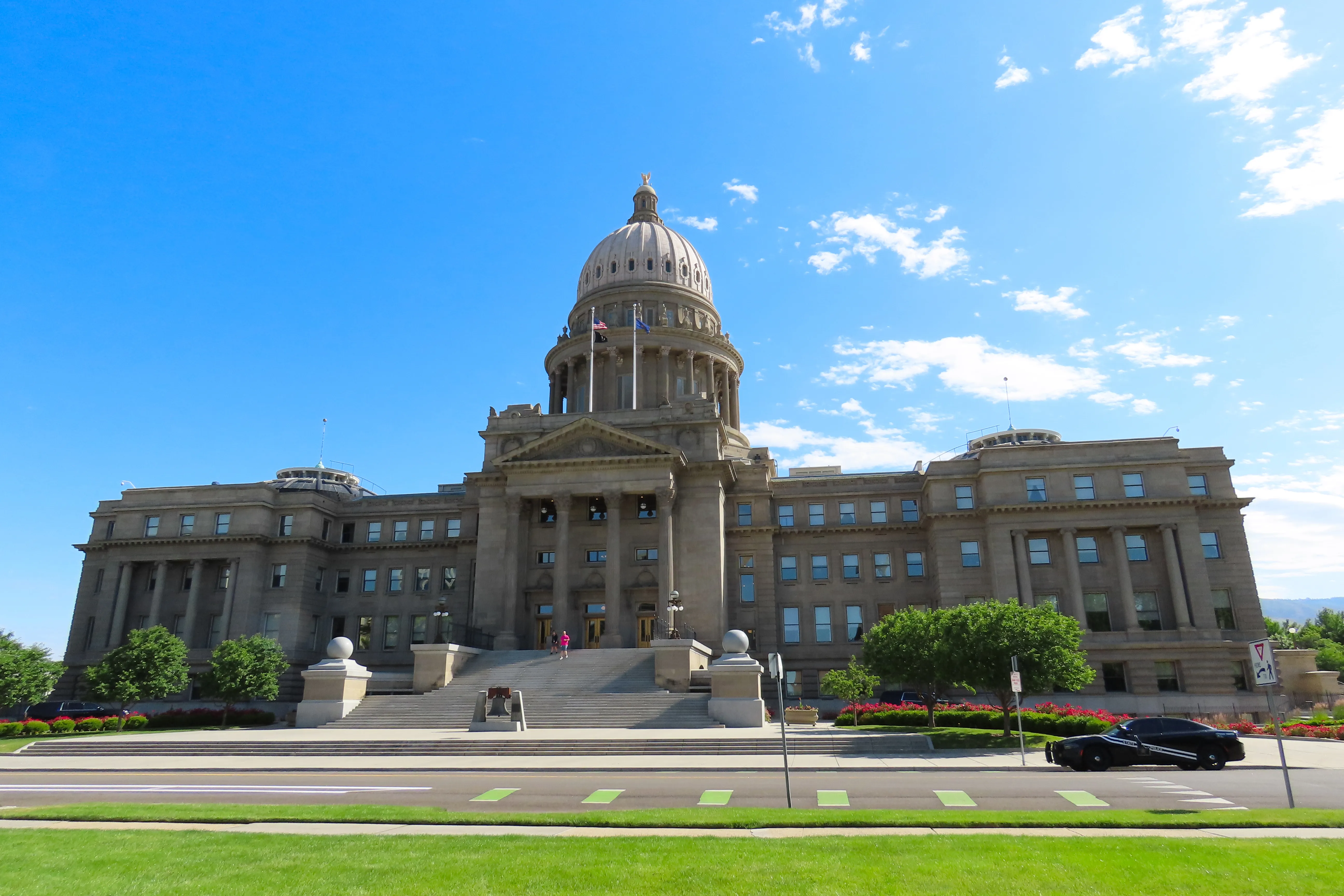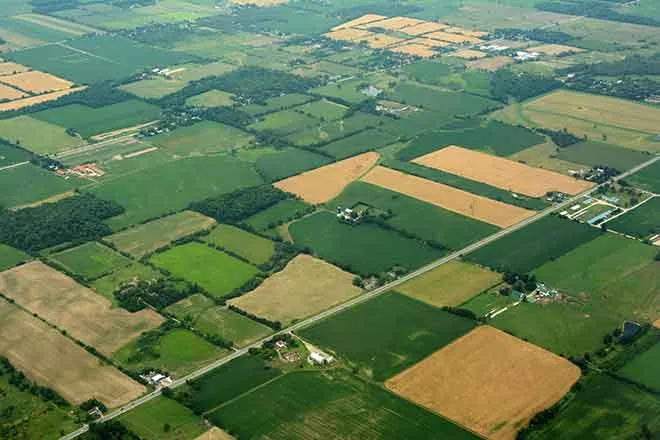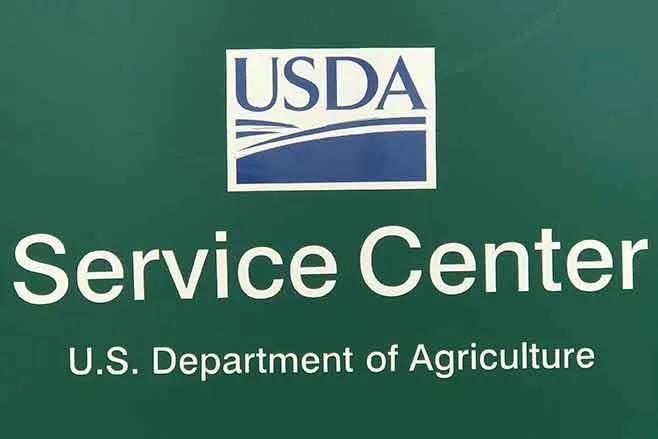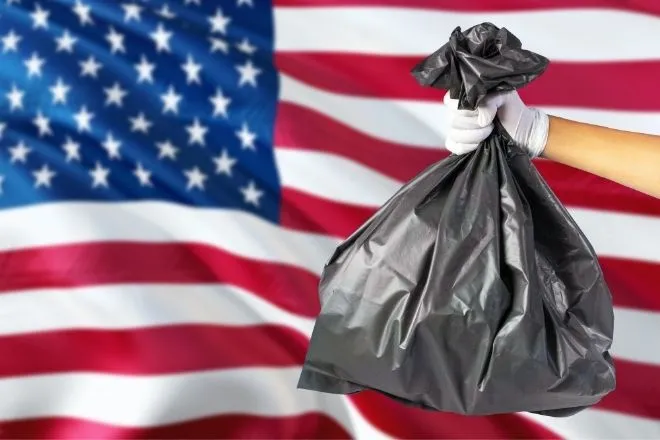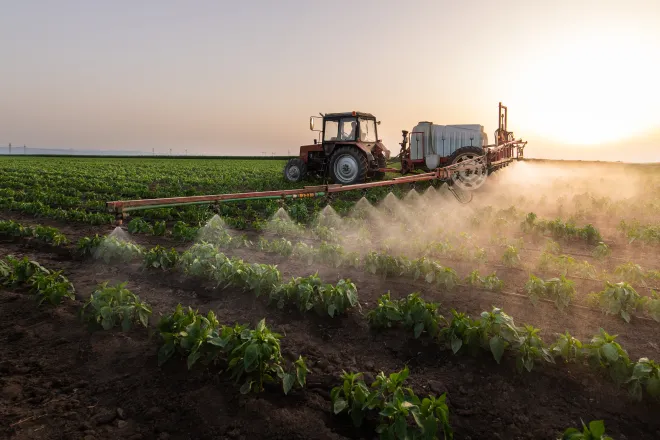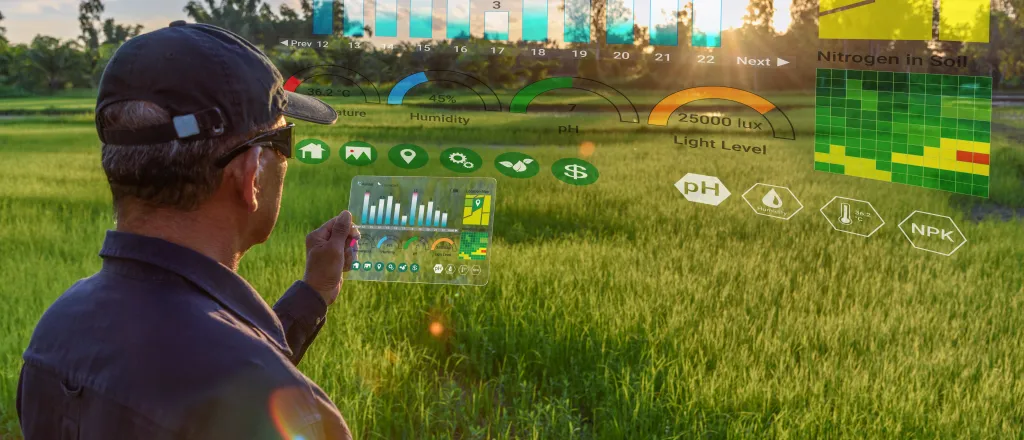
Poll, online map show conservation is 'big win' for South Dakota farmers
Click play to listen to this article.
A new mapping tool shows South Dakota is a big player on the farm conservation scene.
The online feature coincides with a new poll, revealing most farmers want stronger funding for climate-smart practices. In a survey of nearly 500 farms around the U.S., the National Wildlife Federation said three of four respondents support an increase in long-term funding for the U.S. Department of Agriculture's voluntary conservation programs. The initiatives incentivize farmers and ranchers to work their land in ways that make it more resilient to extreme weather, from prolonged droughts to widespread flooding.
Aviva Glaser, senior director of agriculture policy for the federation, said survey support was consistent across geographic areas.
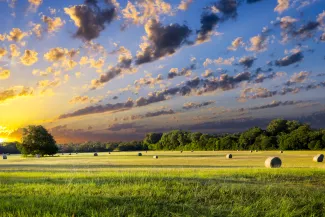
© Dean_Fikar - iStock-503150251
"The poll also found that farmers not only supported this funding, but they got a lot of value out of this funding," Glaser reported. "They cited things like soil health and improved yields."
Congress is debating future funding levels for programs under the Farm Bill, which needs to be reauthorized for five more years. Conservation dollars usually enjoy bipartisan support but this year could be trickier with talks of spending cuts needed to offset tax cut extensions. Meanwhile, the map shows South Dakota farmers have enrolled more than 7 million acres in the Conservation Stewardship Program, above all other states.
Conservation in farming might seem like "inside information" to producers and policymakers. But Glaser and other advocates emphasized it benefits the public to learn about practices farmers adopt, to make their fields healthy and strong.
"That could be a range of different practices -- practices like cover crops or grazing management -- or it could be a conservation easement," Glaser outlined. "It could be putting in a buffer strip."
Buffer strips can slow and prevent harmful runoff, like nitrates, from leaving farm fields and finding their way into lakes and streams. Agricultural researchers said making landscapes less prone to flooding protects taxpayers, too, by not having to spend money on property cleanup for surrounding communities.


